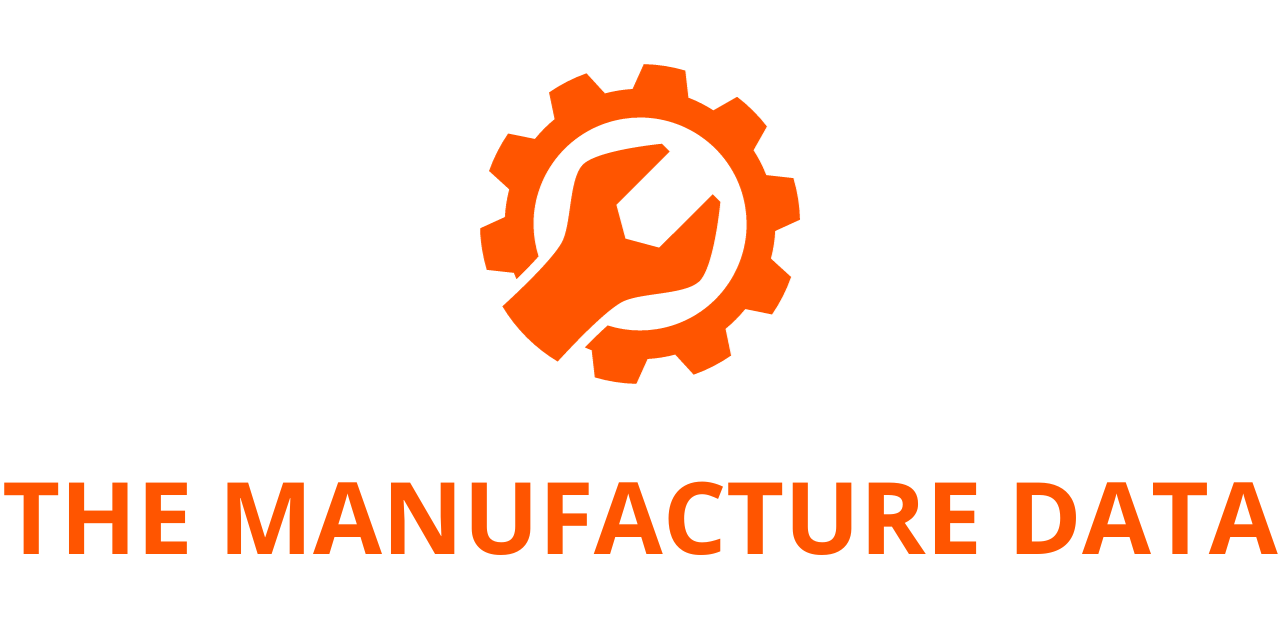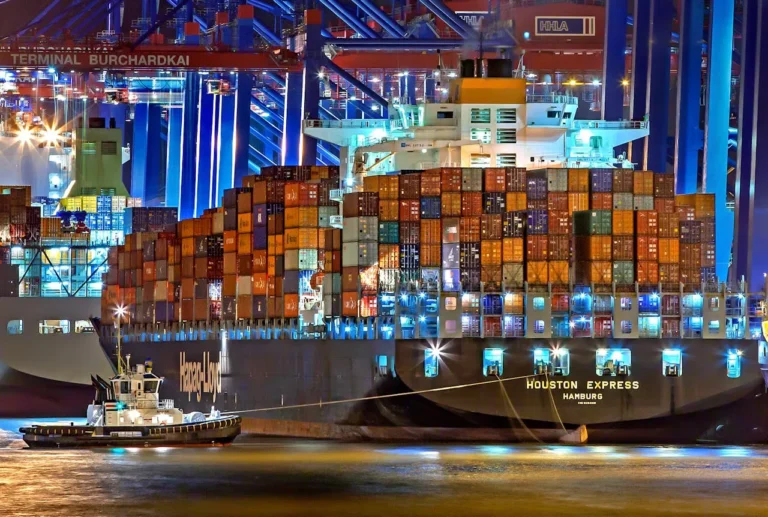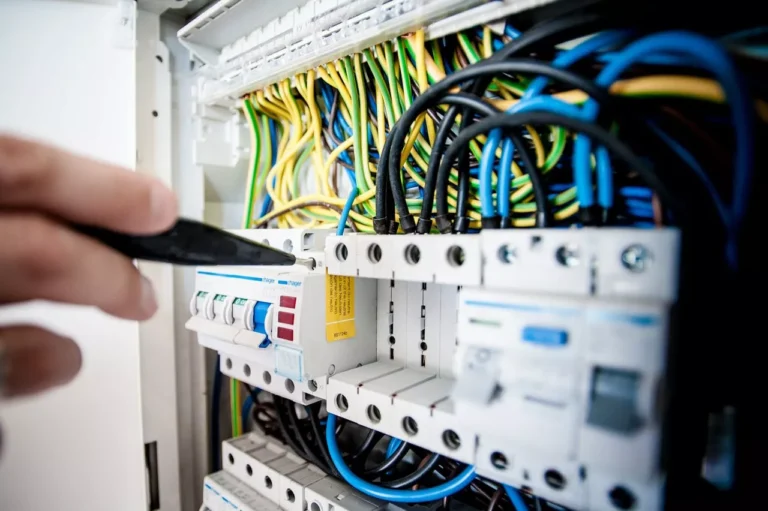
Global Flame Retardants Market: Trends, Innovations, and Growth Projections (2024-2031)
The latest report, “Flame Retardants Market, Global, 2024-2031,” has been added to ResearchAndMarkets.com’s offerings. This comprehensive analysis provides insights into the evolving landscape of flame retardants (FRs), segmenting the market based on product type, material, application, and end-use industries. The study aims to offer both qualitative and quantitative perspectives on market trends, opportunities, and challenges.
The forecast period for the report spans from 2025 to 2031, with 2024 serving as the base year. As the demand for fire safety solutions continues to grow across industries, market players are leveraging cutting-edge innovations to enhance product efficacy, sustainability, and regulatory compliance.
Market Overview and Segmentation
Flame retardants are crucial chemical additives used to reduce or prevent flame propagation across various industrial sectors. Their applications span construction, transportation, electrical and electronics, and wire and cable industries. The market is largely driven by stringent regulatory frameworks, increasing safety standards, and rising awareness about fire hazards.
The report segments the FR market into the following categories:
- By Product Type: Brominated, Phosphorus-based, Inorganic, Nitrogen-based, and others.
- By Material: Thermoplastics, Thermosets, Elastomers, and Coatings.
- By Application: Construction, Electronics, Automotive, and Textiles.
- By End-use Industry: Building & Construction, Electrical & Electronics, Automotive & Transportation, and Others.
Key Market Drivers
Several factors contribute to the increasing demand for flame retardants globally. Some of the primary drivers include:
1. Stringent Safety and Regulatory Standards
Fire safety regulations have become more stringent across various regions, compelling industries to integrate advanced FR solutions into their products. Agencies such as the European Chemicals Agency (ECHA), the U.S. Environmental Protection Agency (EPA), and the National Fire Protection Association (NFPA) enforce regulations that require manufacturers to comply with stringent fire safety norms. This has accelerated the adoption of non-toxic and sustainable flame retardant materials.
2. Rising Incidence of Fire Hazards
With a growing number of high-rise fires worldwide, the need for improved safety measures in construction materials has surged. One of the key concerns has been the safety of aluminum composite panels used in building siding, prompting manufacturers to enhance their formulations with fire-resistant additives. This trend is particularly evident in urban regions where skyscrapers and densely populated buildings are more susceptible to fire-related risks.
3. Technological Advancements in Materials Science
The integration of nanotechnology in flame retardant development has revolutionized the industry, particularly in textile and electronics applications. Nano-scale additives enhance fire resistance while maintaining the mechanical properties of base materials. Additionally, researchers are exploring bio-based and halogen-free alternatives to meet both performance and environmental requirements.
4. Growth in End-use Industries
The rapid expansion of the construction, automotive, and electronics industries has further fueled demand for flame retardants. With the increasing popularity of electric vehicles (EVs), there is a growing need for flame retardant solutions in battery casings, wiring, and insulation materials. Similarly, the rise of smart devices and connected homes has led to a surge in demand for FR-infused electronics components.

Market Challenges
Despite the promising growth trajectory, the flame retardants market faces several challenges that may hinder expansion.
1. Environmental and Health Concerns
Many traditional FR additives, particularly brominated and halogen-based compounds, have been associated with environmental toxicity and human health risks. These concerns have led to regulatory restrictions and a push towards greener alternatives. However, the transition to sustainable solutions presents cost and scalability challenges for manufacturers.
2. High Development Costs
The research and development (R&D) of innovative flame retardant formulations require significant investment. Many companies face challenges in balancing cost-effectiveness with regulatory compliance and performance standards. Developing alternatives that meet both safety and environmental guidelines remains a complex endeavor.
3. Supply Chain Disruptions
The global supply chain for raw materials used in flame retardant production has been affected by geopolitical tensions, trade restrictions, and fluctuating raw material prices. The COVID-19 pandemic further highlighted vulnerabilities in supply chain logistics, impacting production and distribution across regions.
Growth Opportunities
Despite these challenges, multiple opportunities exist for stakeholders looking to capitalize on emerging trends in the FR market.
1. Advancements in Polyurethane (PU) Composite Applications
Thermoset polyurethane composites are gaining traction due to their lightweight properties, strength, and resistance to heat. The integration of flame retardants in PU-based materials enhances fire safety without compromising structural integrity. Industries such as aerospace, automotive, and furniture manufacturing are increasingly adopting these solutions.
2. Development of Sustainable and Halogen-free Flame Retardants
With growing environmental consciousness, manufacturers are focusing on sustainable chemistries to replace conventional halogenated flame retardants. Phosphorus-based, nitrogen-based, and bio-derived flame retardants are gaining momentum as viable alternatives. Companies investing in green chemistry innovations are likely to benefit from increased regulatory approvals and consumer preference for eco-friendly products.
3. The Role of Nanotechnology in FR Development
Nanotechnology is playing a pivotal role in enhancing the efficacy of flame retardants in textiles, construction materials, and electronic components. Nanoparticles such as graphene, carbon nanotubes, and layered double hydroxides exhibit superior flame resistance properties while maintaining material durability. This technology is expected to open new avenues for applications in high-performance industries.
Regional Analysis
The flame retardants market exhibits distinct regional trends influenced by regulatory policies, industrial growth, and consumer awareness.
1. North America
The North American market is driven by stringent fire safety regulations, particularly in the U.S. and Canada. The construction and electronics sectors are leading adopters of advanced FR solutions. The region is also witnessing increased investment in sustainable and bio-based flame retardants.
2. Europe
Europe is at the forefront of adopting environmentally friendly flame retardants due to stringent REACH regulations. Countries such as Germany, France, and the UK are focusing on halogen-free solutions, pushing manufacturers to innovate in sustainable chemistries.
3. Asia-Pacific
The Asia-Pacific region is experiencing rapid industrialization, particularly in China, India, and Japan. The booming construction and automotive industries are key drivers of market growth. The region also serves as a major production hub for flame retardant raw materials and chemicals.
4. Latin America and the Middle East
These regions are witnessing steady growth in FR demand due to urbanization and infrastructure development. Regulatory frameworks are evolving, presenting opportunities for market penetration and expansion.
The global flame retardants market is undergoing a transformation fueled by regulatory changes, technological advancements, and increasing awareness of fire safety measures. While challenges such as environmental concerns and high development costs persist, the push for sustainable, high-performance solutions is opening new growth avenues. Stakeholders investing in eco-friendly formulations, nanotechnology, and PU composites stand to gain a competitive edge in this evolving landscape.




